How to Improve Online Reputation Management for Modern Brands

Your brand's online reputation doesn’t live in your mission statement. It lives in comment sections, customer reviews, TikTok, news articles, and forum threads. What people say about your brand—and how fast it spreads—can shape how you're seen long before anyone lands on your website.
This guide breaks down how modern brands can take control of that conversation. We’ll walk you through what online reputation management (ORM) really means today, where the risks lie, and what you can do—practically and strategically—to build trust, avoid pitfalls, and protect your brand’s value in real time.
Why online reputation management matters more than ever
Before anyone buys from you, they Google you. They check Reddit threads, scan TikTok comments, scroll through Instagram tags, or glance at your Trustpilot profile. One tweet from an unhappy customer can go viral faster than your best campaign. One bad review on Trustpilot can linger longer than a dozen five-star ratings.
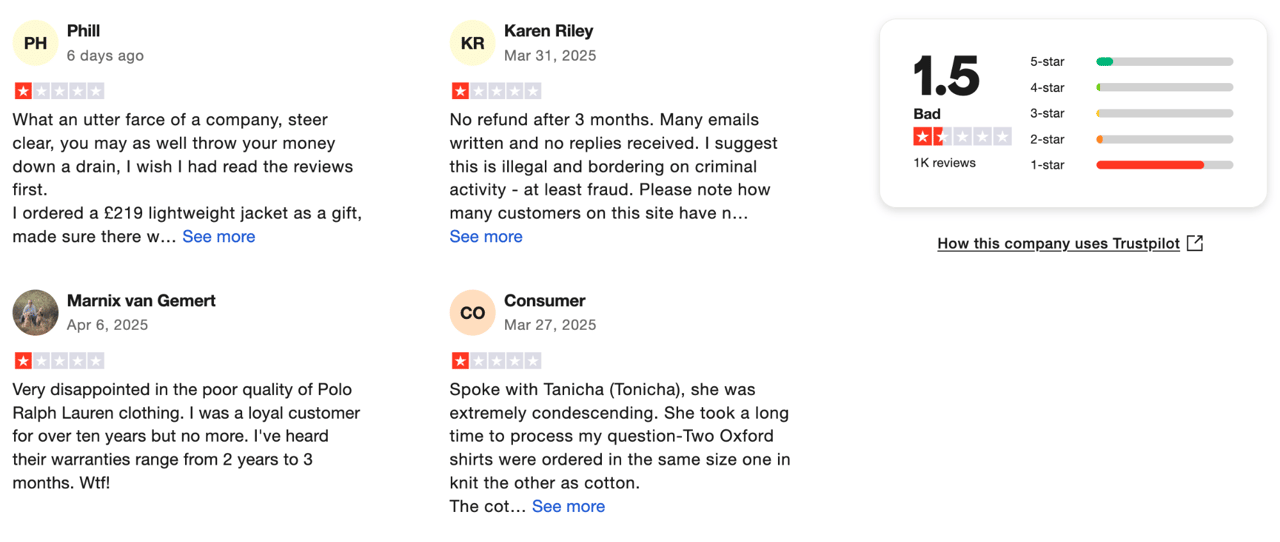

Image source: Trustpilot
Today’s consumers don’t just buy products — they buy into brands. And their trust is shaped by what they see and hear online.
That’s why online reputation management (ORM) is an everyday responsibility. From fashion and lifestyle to tech and finance, brands are realizing that public sentiment has a real business impact, influencing everything from customer loyalty to search rankings to partnership opportunities.
What people say about you online is just as important as what you say about yourself. The only question is: Are you paying attention?
What online reputation management actually involves
Online reputation management is about staying present in the conversations that shape your brand image, every day, across social media platforms and review sites.
Yes, it means replying to online reviews (especially the angry ones). But more than that, ORM is about monitoring what people are saying—whether they tag you in online mentions or not. It’s about understanding how your brand is perceived, identifying both your biggest fans and your harshest critics, and using those valuable insights to guide your next move.
True brand's online reputation management happens across channels: search engine results, news articles, social media threads, influencer posts, Reddit comments, Trustpilot reviews, YouTube unboxings, niche forums… anywhere your brand might be mentioned, praised, questioned, or misunderstood.


Source: Reddit
It involves:
Tracking brand mentions and sentiment in real time
Analyzing the emotional tone behind those mentions, aka brand sentiment analysis
Spotting trends that could signal shifts in perception
Identifying brand advocates and amplifying their voices
Understanding what drives criticism and what resolves it
Proactively managing your digital footprint to reflect your values
In short, a brand's online reputation management is the ongoing practice of listening well, understanding deeply, and responding with purpose.
Common risks to brand reputation in the digital age
Reputation used to be built slowly—press coverage, word of mouth, carefully crafted campaigns. Today, it can unravel overnight.
One frustrated tweet, one misleading TikTok, one negative Reddit thread—and suddenly your brand is trending for all the wrong reasons. That’s the reality brands face now: public perception is volatile, fast-moving, and often shaped by people outside your control.
Here are just a few of the common threats you have to navigate today in order to keep a positive brand image:
Viral customer complaints — A poor customer experience can turn into a public spectacle with one negative feedback on review sites or social media, especially when the post includes screenshots, videos, or receipts.
Misinformation and rumors — False claims about your product, leadership, or values can circulate faster than corrections ever do. Online reputation management services spend days taking down jabber and gossip from online channels.
Negative reviews — Whether on Google, Trustpilot, or niche forums, reviews don’t just influence potential customers—they shape your brand’s perceived credibility.
Influencer backlash — A partnership gone wrong or a controversial post from a brand ambassador can lead to mass unfollows, public apologies, and long-term distrust among the target audience.
Lack of transparency — When brands stay silent during moments that matter (social issues, product flaws, delivery failures), audiences often fill in the blanks themselves. This makes the brand's reputation management efforts go in vain if they come in too late.
Internal issues — Product defects, employee treatment, or leaked internal messages can quickly spiral into public scrutiny.
External forces — Competitor sabotage, algorithm changes, or even platform outages can affect how your brand appears—or disappears—online.
Reputational risk isn’t always loud or obvious. Sometimes, it’s a slow erosion of trust that starts in comment sections you’re not even tracking—yet. Online reputation repair is a thing, but it should be your last resort in case you didn't catch the crash when it happened.
Steps to improve your online reputation management strategy
To stay ahead, brands need a strategy that combines real-time brand monitoring with thoughtful responses and long-term insight. Here are five key actions to strengthen your online presence and build lasting trust.
Monitor brand mentions in real time
If you’re not tracking what’s being said about your brand, you’re already behind. Real-time social media monitoring plus blogs, forums, and review sites helps you catch both positive reviews and problems as they surface. It also gives you a chance to respond before issues gain traction.
Tools like YouScan help by filtering out noise and highlighting what really matters, including off-the-radar conversations that traditional dashboards miss.


Respond to feedback with consistency and care
When customers speak up, they want to be heard, not routed through a script. A timely, empathetic response can de-escalate tension, show accountability, and turn critics into loyal fans.
But reputation isn’t just about what you say—it’s also about how often and how consistently you show up. Your tone, transparency, and timing should align across social media accounts, reviews, email, and support tickets.


Source: Wishpond
Encourage positive reviews and user-generated content
Most happy customers don’t leave reviews unless you ask. A gentle prompt after a purchase, a public thank-you, or reposting customer photos can nudge people to share their experience.
Over time, this creates a natural library of social proof, reinforcing trust and offsetting the occasional negative comment with authentic stories from real users. It contributes to an overall positive online reputation and makes your strong online presence easier to maintain even during a crisis.
Analyze sentiment and trends, not just volume
It’s easy to get distracted by the numbers—total mentions, likes, or shares. But volume alone won’t tell you if people love your new campaign or are dragging it in the comments. What really matters is sentiment: how people feel about your brand, and why. That emotional layer is where the real insights live. Social listening is the first step. What comes after?
Tracking sentiment over time helps you spot patterns, understand reactions to product launches, and identify early signs of discontent or delight. For example, if a spike in mentions comes with a rise in negative sentiment, you know it’s time to dig deeper. Are people upset about price changes? Confused by messaging? Let down by customer support? You won’t know unless you connect the dots.
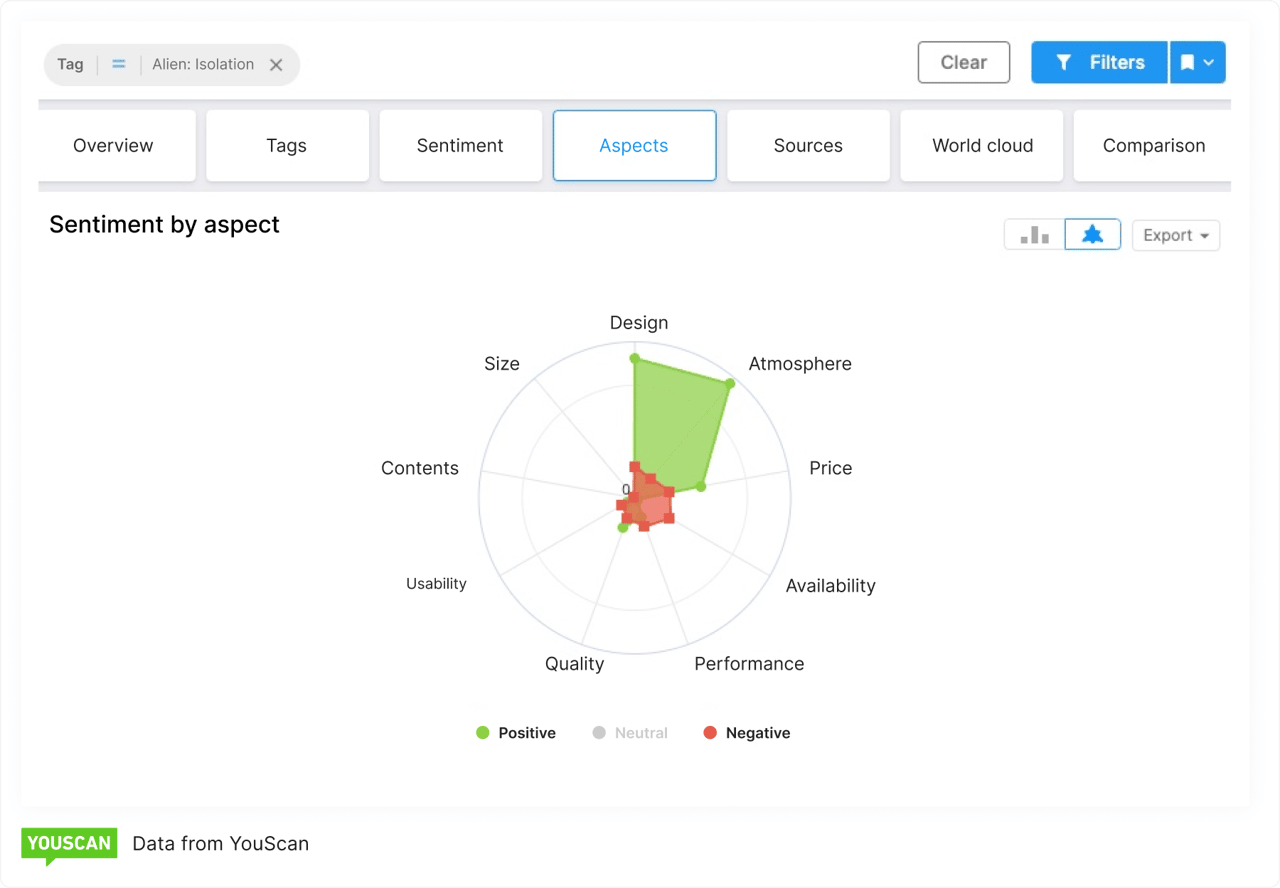

Alt: Sentiment analysis with YouScan
Source: YouScan
This is where YouScan goes far beyond basic monitoring. Our AI-powered sentiment analysis doesn’t just label mentions as “positive” or “negative”—it looks at the context behind every conversation. It can detect emotions and intent, even in visual content like memes or screenshots. YouScan also highlights trending themes and emotional shifts across different customer segments, so you don’t just see what’s happening—you understand why.
The better you grasp public sentiment, the faster you can respond, adjust, and move forward with clarity. Understanding your audience matters beyond the digital marketing efforts to create a positive online presence—it is about providing a valuable experience and creating healthy connections with your audience.
Act on insights to build long-term trust
The best reputation strategies are proactive. Use what you learn to make meaningful changes, not just public relations spins. Whether it’s fixing a recurring issue or refining your messaging, acting on direct feedback on online platforms shows customers that you’re listening and evolving.
YouScan’s audience insights help brands do exactly that—identifying root causes of complaints, spotting emerging customer expectations, and guiding smarter, trust-building decisions. For example, Coca-Cola utilized YouScan to monitor social media conversations across Central Asia and the Caucasus.
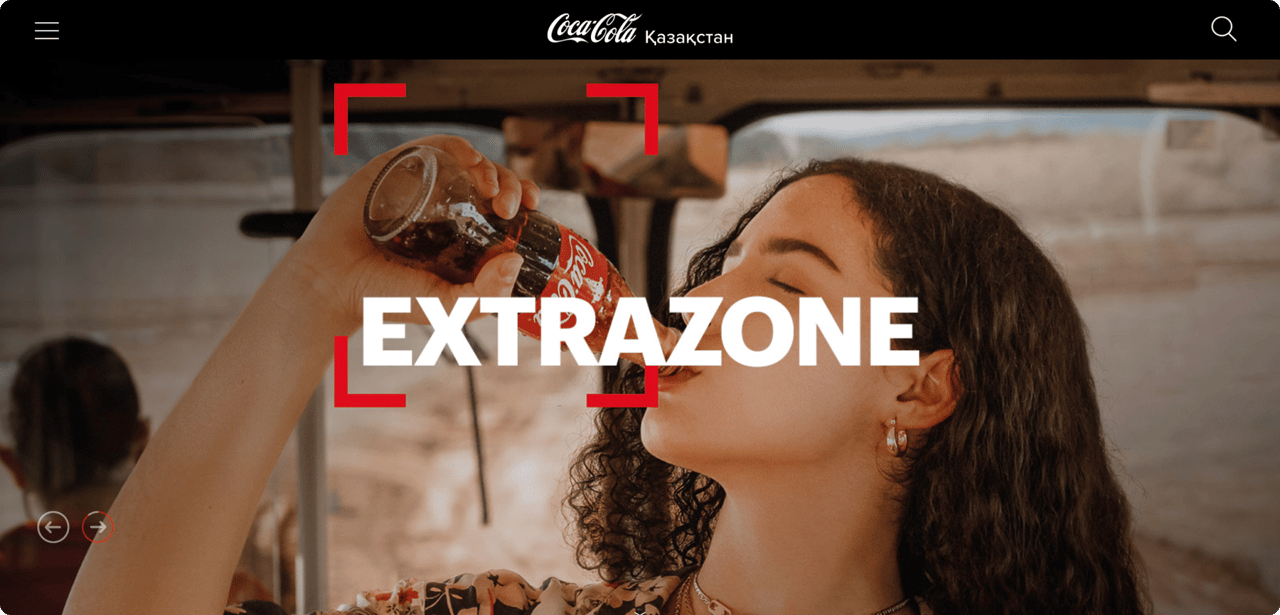

Source: YouScan
By tracking mentions and analyzing trends, they were able to respond promptly to customer inquiries about events like the Coca-Cola Christmas trucks and gather feedback on new platforms such as "Extrazone." This proactive approach enabled them to adjust communication strategies and enhance customer engagement.
Combined with setting Google alerts, efficient review management, and posting positive content across social media channels, you are set to grow and never worry about crisis management again.
Mistakes to avoid in online reputation management
Even brands with the best intentions and sparkling positive reputation slip up—not because they don’t care, but because online reputation management is complex. It spans platforms, time zones, and departments. Here are some of the most common mistakes brands make when managing their online reputation, and why they’re worth avoiding.
Ignoring neutral mentions
Not every post is a glowing review or a fiery complaint—but that doesn’t mean it’s irrelevant. Neutral mentions are often filled with useful feedback or subtle signals that your audience is still forming an opinion. Ignoring them means missing a chance to nudge perception in the right direction.
The best practice you can incorporate is to treat positive reviews, negative feedback, and neutral comments with the same care and attentiveness. Don't focus only on brand reputation monitoring. Instead, consider live interactions with your entire customer base.
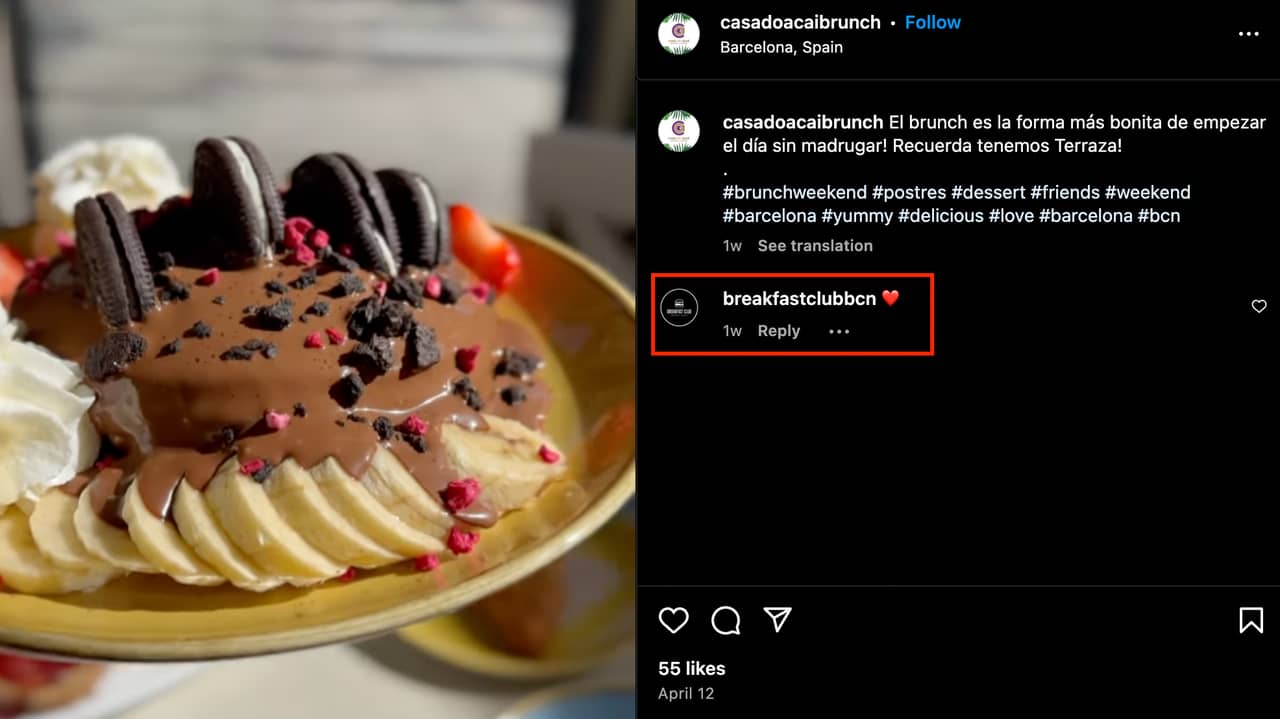

Source: Instagram
Deleting negative comments
It might feel safer to remove a negative comment, but doing so can backfire. People notice when posts disappear. It can create an impression of dishonesty or fear of accountability.
A better approach? Acknowledge the issue, respond constructively, and show others how you handle criticism with transparency.
Here are a few adaptable response templates you can use instead of deleting negative comments—designed to maintain transparency, de-escalate tension, and show your brand’s integrity:
1. For a legitimate complaint (product/service issue)
Hi [Name],
Thanks for bringing this to our attention—we’re really sorry to hear about your experience. This definitely isn’t the standard we aim for. Could you DM us your order details so we can make it right? We appreciate your feedback and the chance to improve.
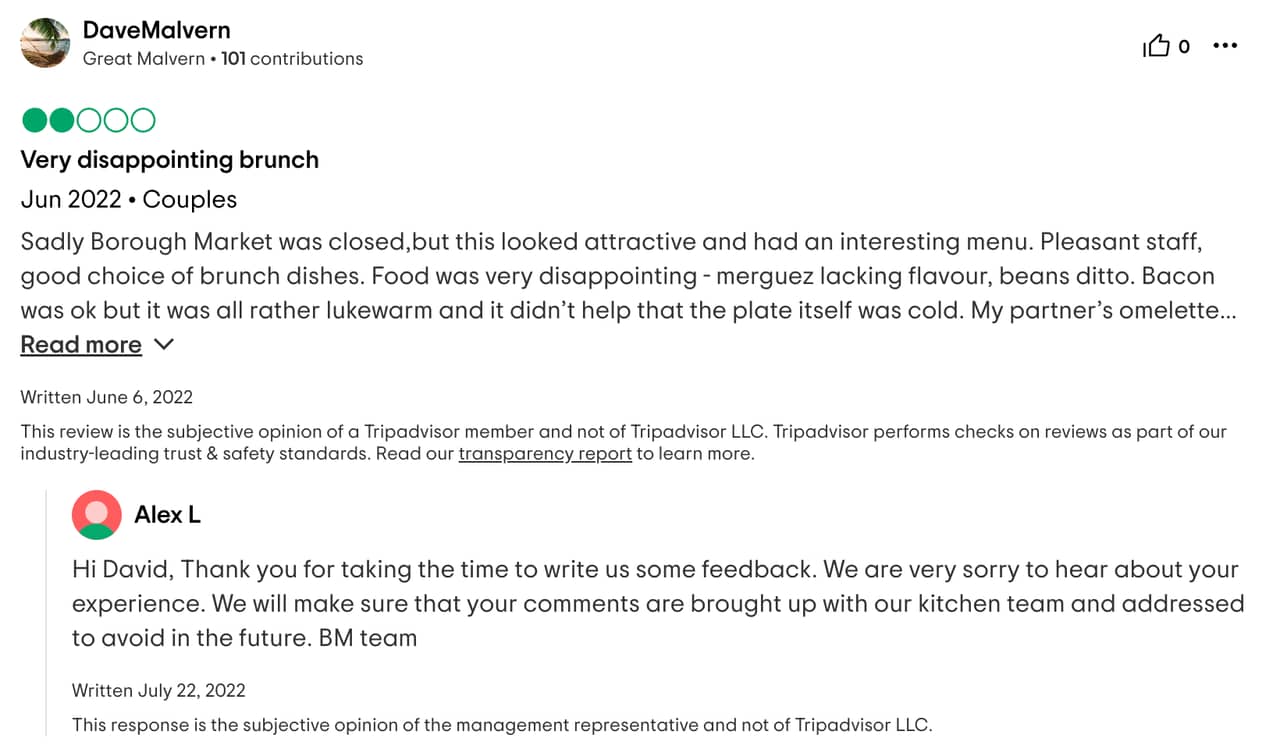

Source: TripAdvisor
2. For a miscommunication or misunderstanding
Hi [Name],
We hear you, and it looks like there may have been a mix-up. Let’s clarify things so we’re all on the same page. Feel free to reach out via DM or email at [contact]. Thanks for pointing this out.
3. For harsh but valid criticism
Hi [Name],
We understand your frustration, and we’re listening. Your feedback highlights something we need to work on—and we are. Thank you for holding us accountable and giving us the opportunity to improve.
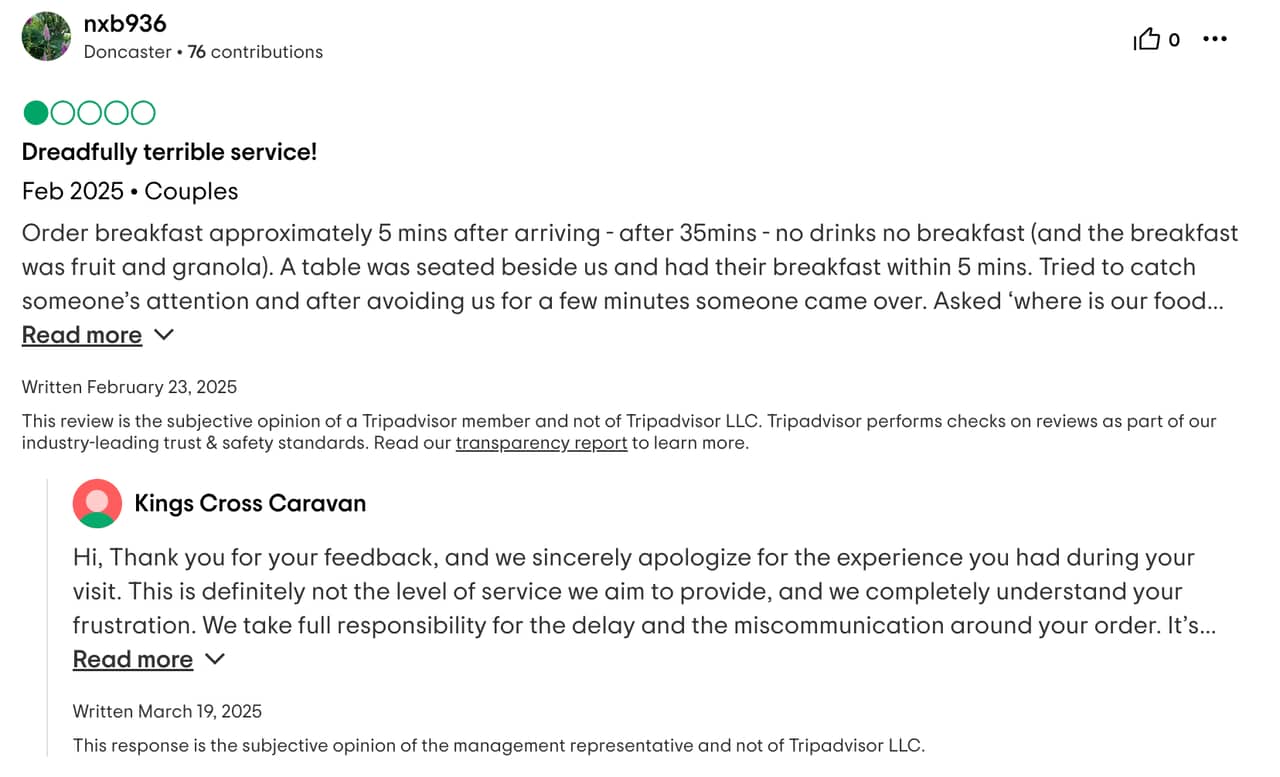

Source: TripAdvisor
4. For emotionally charged or rude feedback
Hi [Name],
We always welcome honest feedback, and we’d like to understand what went wrong. While we ask that conversations remain respectful, we’re here to help and open to hearing more about your experience. Let’s talk.
5. For repeated complaints from the same person
Hi [Name],
We have seen your comments and appreciate that you have taken the time to share your concerns. Our team is investigating this matter and will follow up with you directly. We value every customer's voice and are committed to resolving this matter fairly.
Over-automating your responses
Templates and bots can save time—until they start sounding robotic, repetitive, or out of touch. Audiences can tell when you’re phoning it in. Reputation is human work. A personalized response, even if short, is more effective than a perfectly polished but generic message.
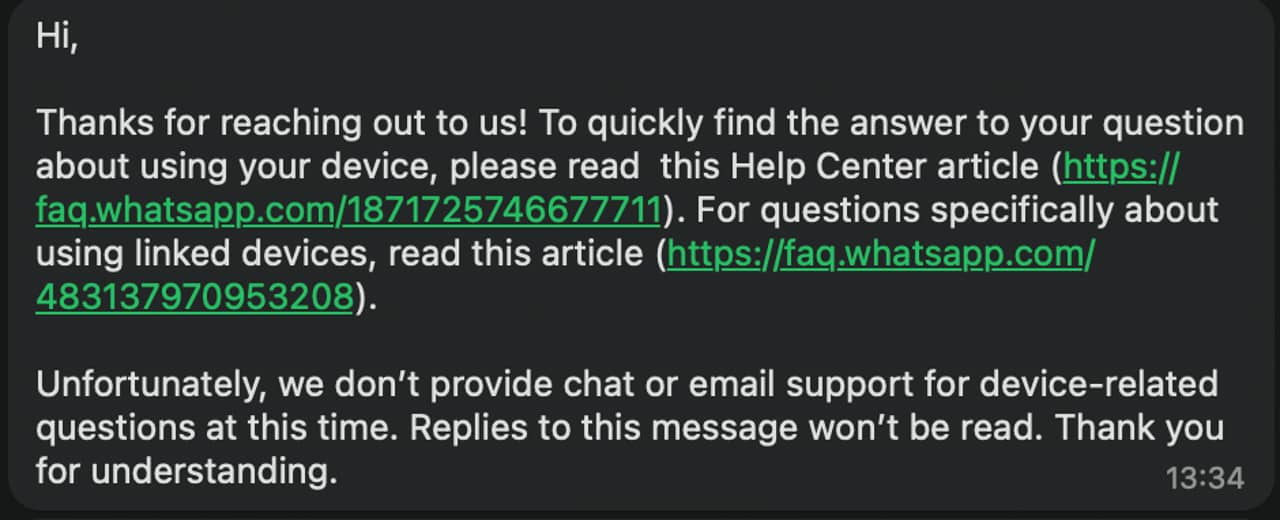

Source: Meta WhatsApp screenshot
Responding too late (or not at all)
Silence is still a statement.
If your brand doesn’t respond quickly during a moment of tension, especially during a product issue, public criticism, or social moment, it may come off as indifferent. Timeliness shows that you’re present, listening, and willing to engage when it matters.


Source: Google
Inconsistent messaging across teams
When your customer support, PR, and social media teams each speak in a different tone or give conflicting information, it weakens trust. Make sure your brand voice and facts are aligned. One poorly handled reply, captured in a single screenshot, can live online forever.
Neglecting your own website and search engines
Your brand’s Google page one is your reputation. If customers search your name and find everything but your landing page in search engine results pages, that's bad news. Moreover, if they do find you, and find outdated info, unanswered questions, or third-party complaints, that becomes their first impression.
In a constant hassle to be invested in social media marketing, addressing negative feedback, creating responsive customer service, and encouraging brand advocacy, we often forget how important it is to clean up our front yard. The truth is that your business's online reputation still depends on Google search results.
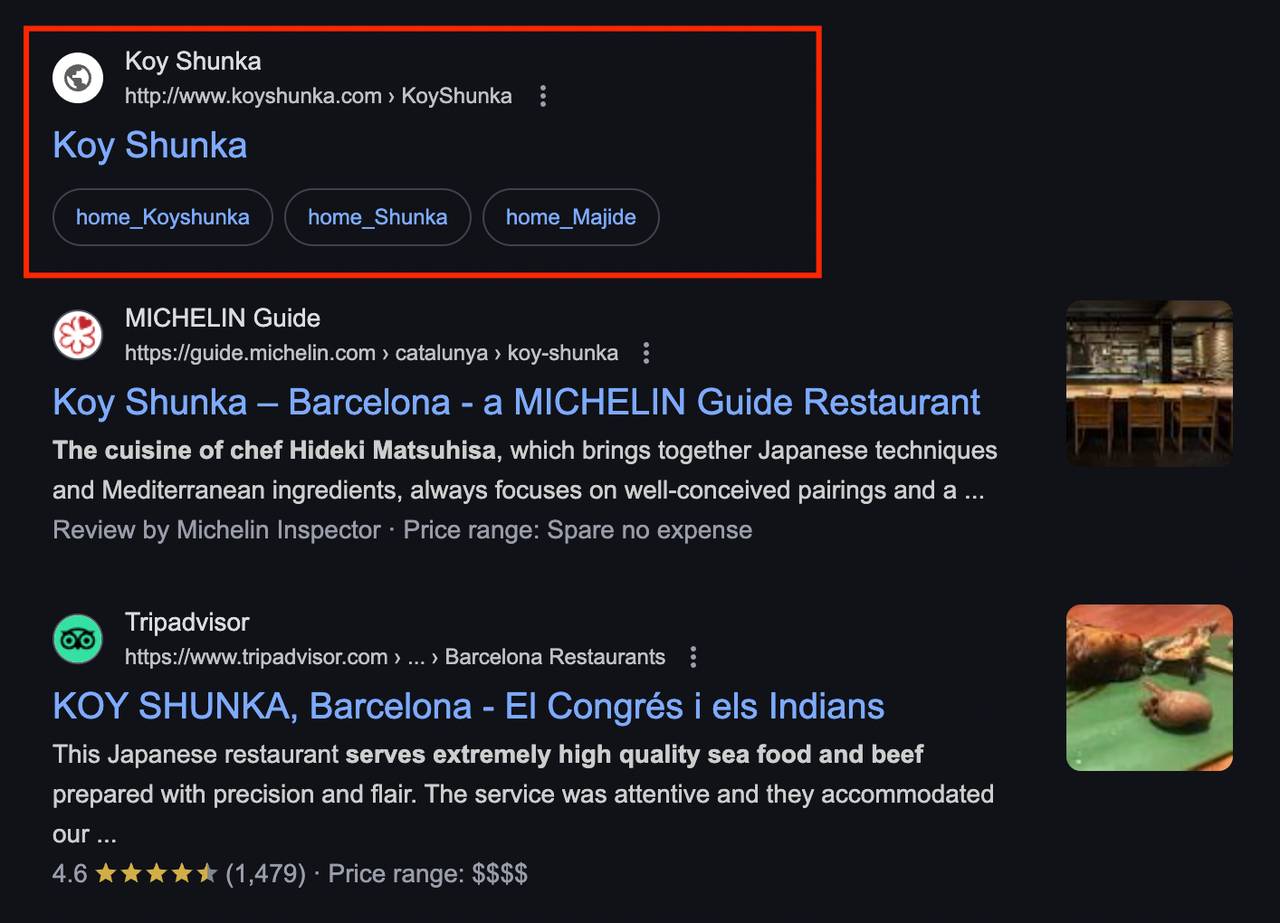

Source: Google search
Invest in search engine optimization (SEO), update your business website regularly with accurate information and relevant keywords, and publish high-quality content that reflects your values. Optimizing online content helps ensure you control the narrative, not a random blog post from 2019.
Final thoughts on building a reputation strategy that lasts
A strong online reputation is a relationship you nurture and maintain. It lives in the way your brand listens, how it responds, and what it chooses to learn from every interaction.
The strongest brands aren’t perfect. But they’re present. They stay tuned into what people are saying—not just when there’s a crisis, but every day. They use feedback to grow, not just defend. And they understand that trust isn’t earned by silence, but by showing up with honesty and consistency.
If you want to go beyond surface-level monitoring and truly understand how your brand is perceived, tools like YouScan can help. From visual insights and sentiment analysis to real-time alerts and trend detection, YouScan gives you the full picture, so you can manage your reputation with clarity and confidence.
Get a live demo to see how it works.
FAQs
How can I manage my online reputation?
Start by monitoring brand mentions across all major platforms—including social media, forums, news sites, and review pages. Respond consistently, track sentiment, encourage positive feedback, and use insights to improve both messaging and experience.
How do you build a good online reputation?
Be present, be helpful, and be human. A good reputation comes from showing up with transparency, resolving issues quickly, and sharing real stories from your customers. Consistency across channels helps build long-term trust.
What is the strategy of online reputation management?
It’s a mix of listening, analyzing, and acting. The strategy involves tracking what people say, understanding how they feel, and responding in a way that reflects your brand’s values, while using insights to guide future decisions.
How can I fix my reputation online?
Fixing a damaged reputation takes time. Address issues head-on, apologize if needed, improve the customer experience, and highlight the positive with updated content, public responses, and user testimonials. Transparency and patience go a long way.



.png)